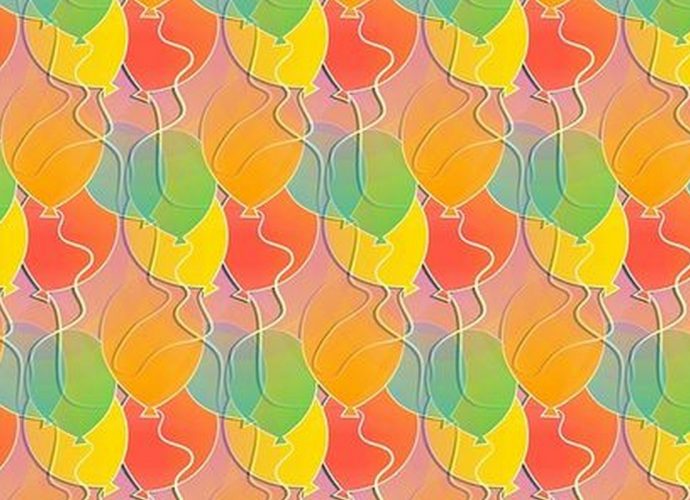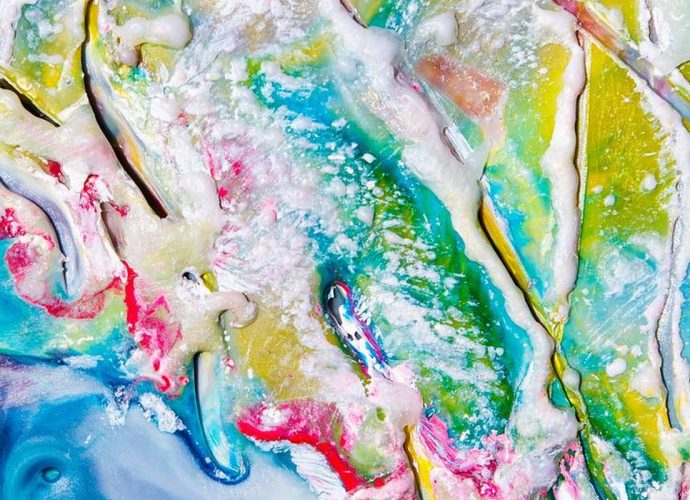Is Aconite Poisonous To Humans?
Severe aconite poisoning can occur after accidental ingestion of the wild plant or consumption of an herbal decoction made from aconite roots. In traditional Chinese medicine, aconite roots are used only after processing to reduce the toxic alkaloid content. Is aconite poisonous to touch? Aconitine is the most dangerous ofRead More →









